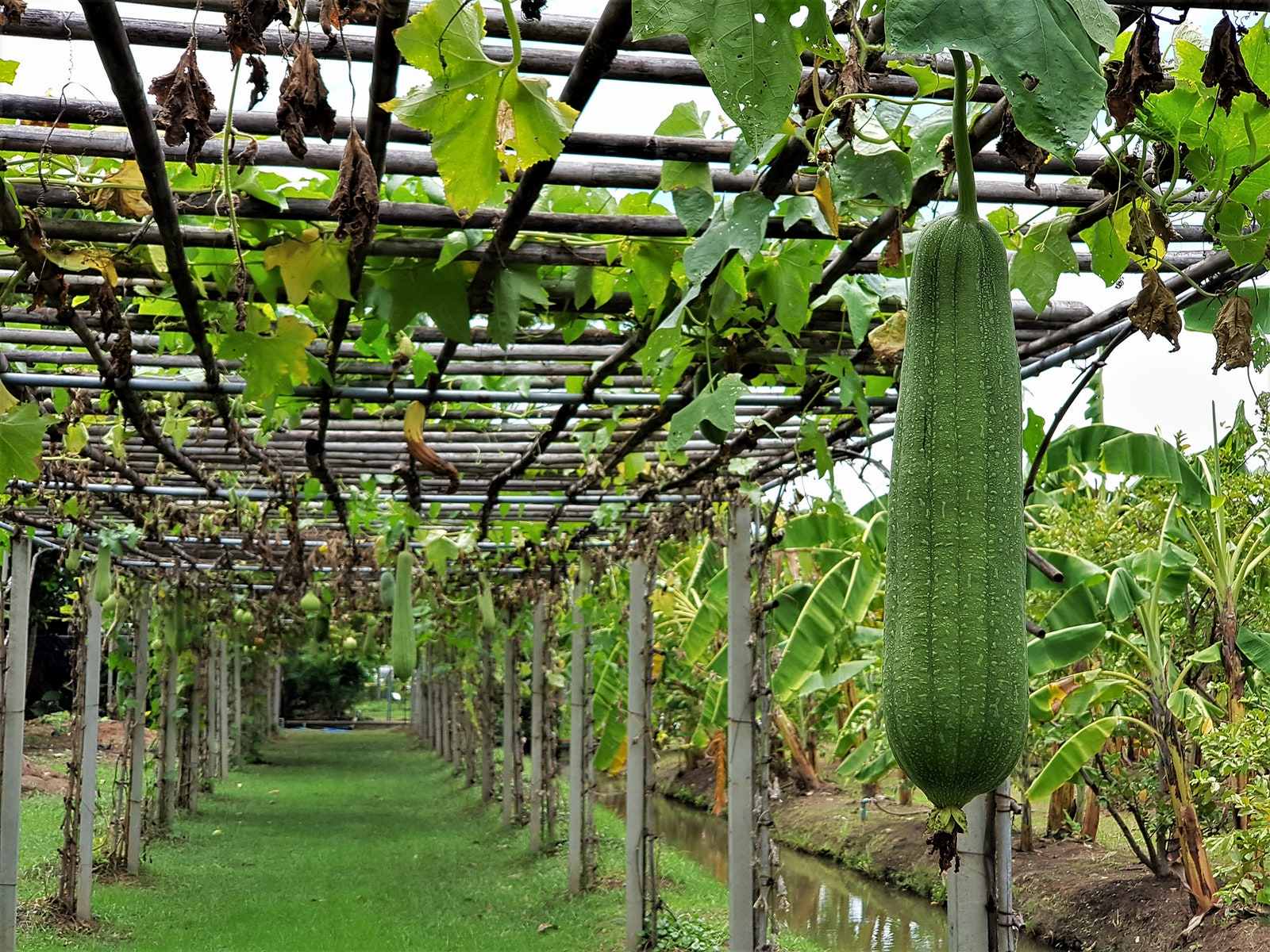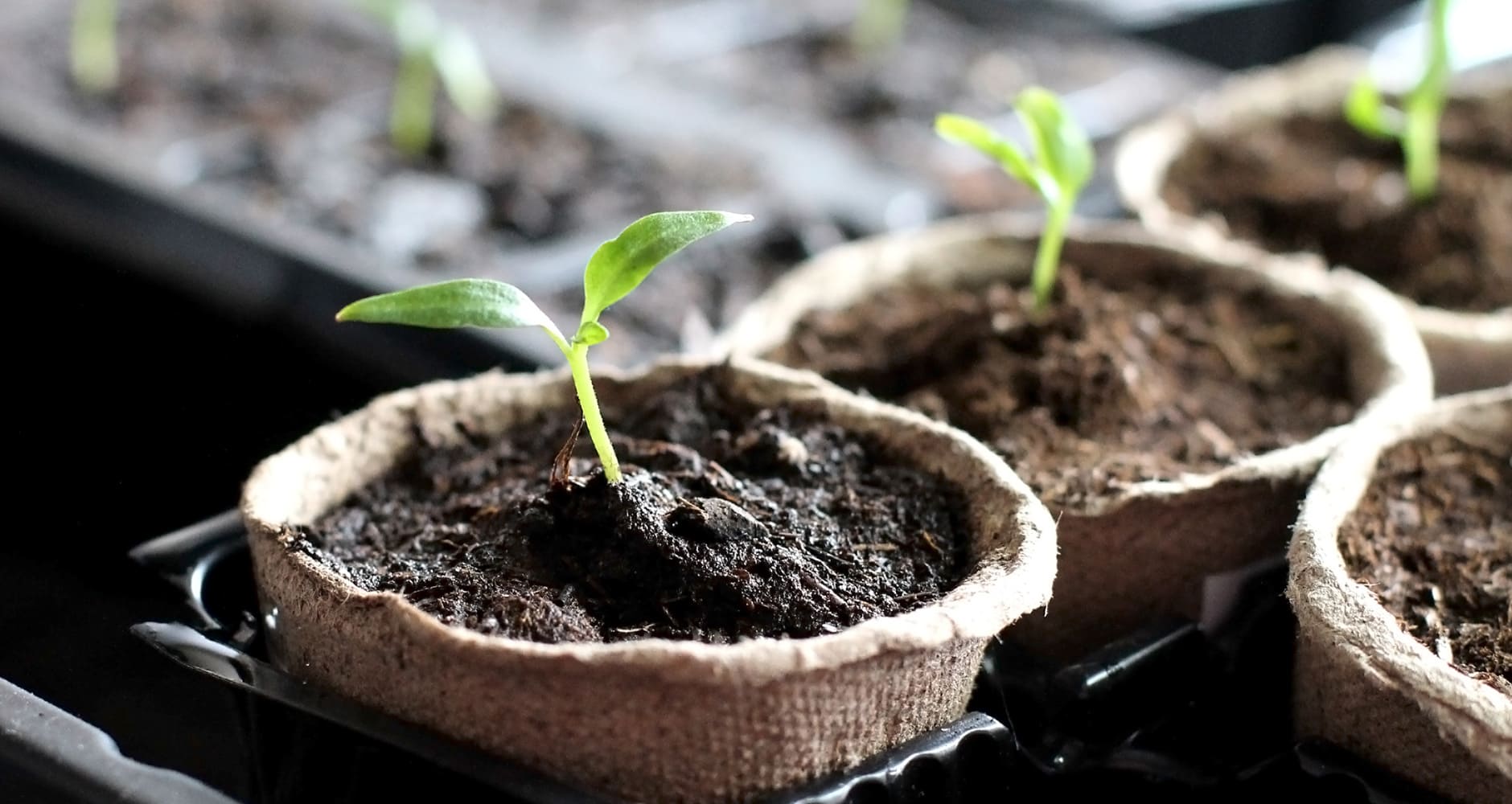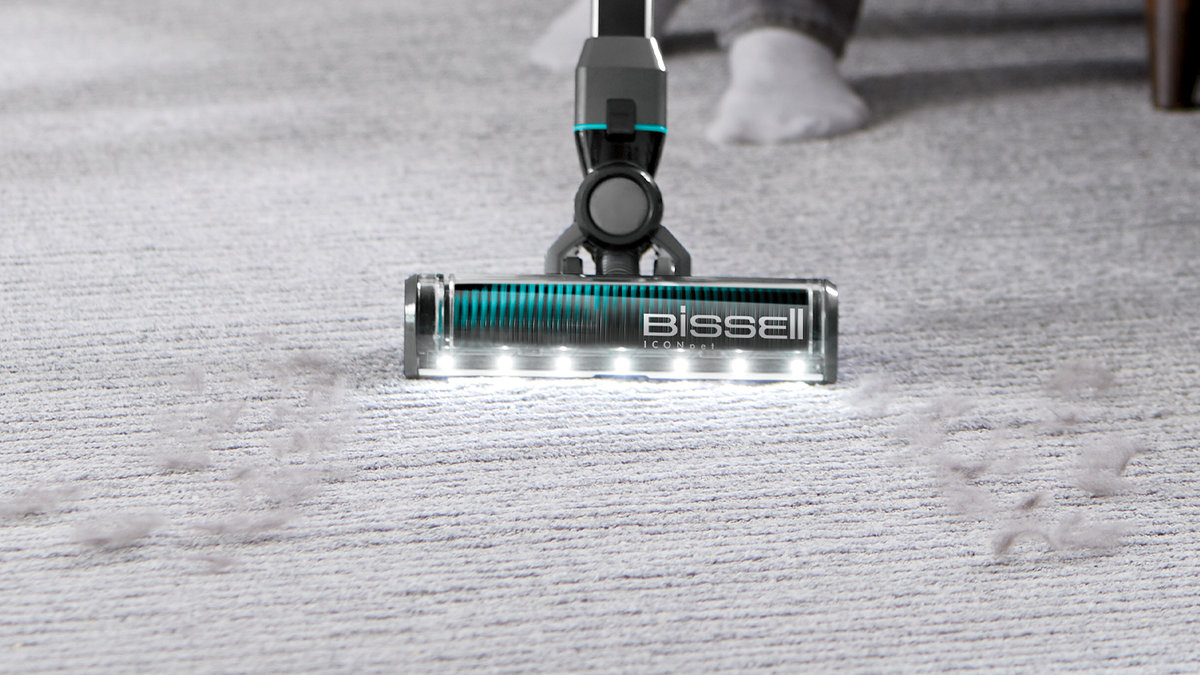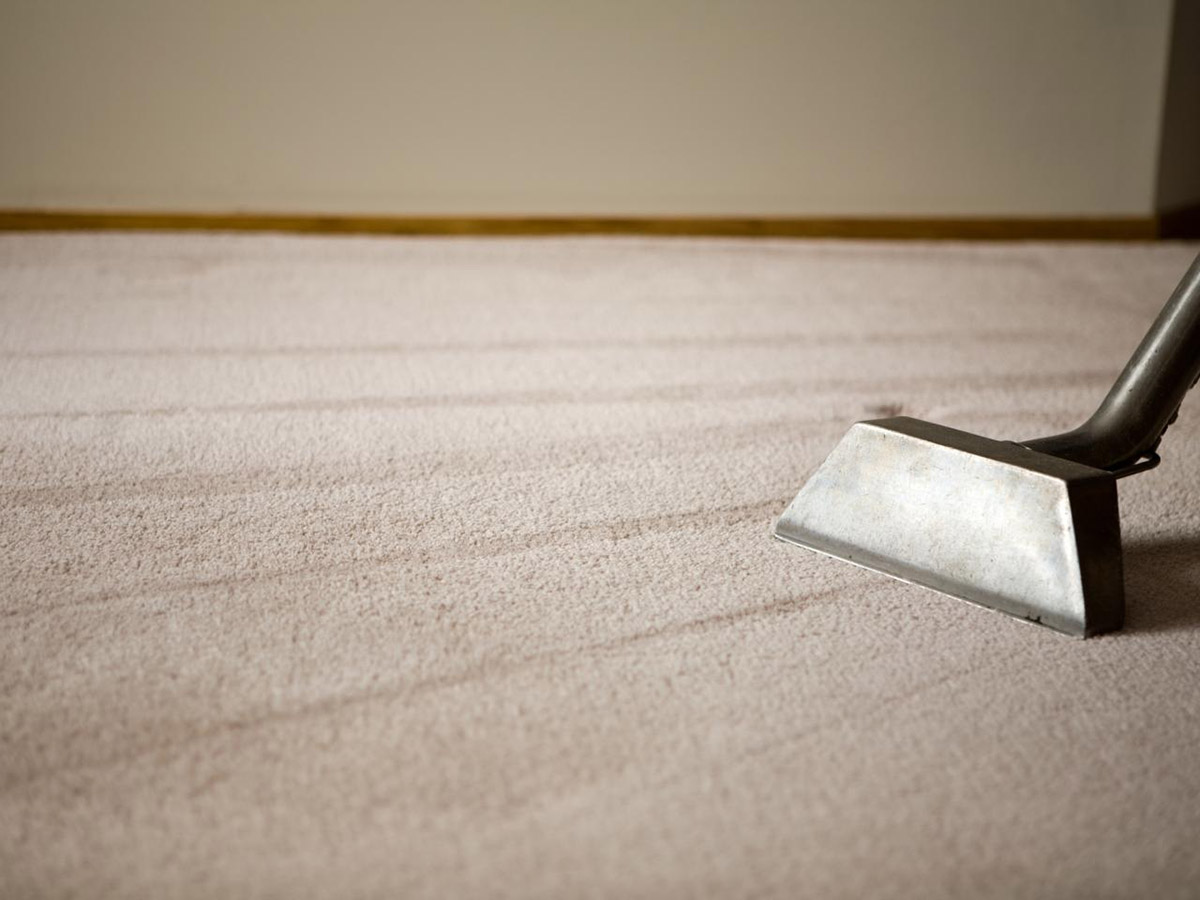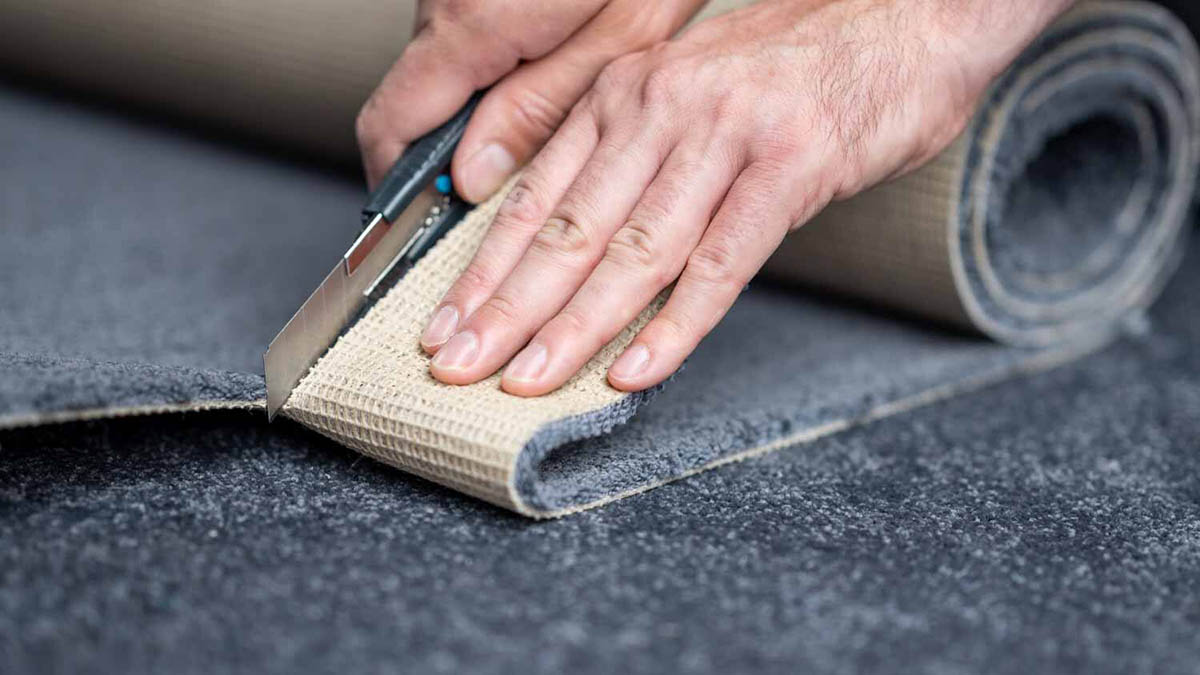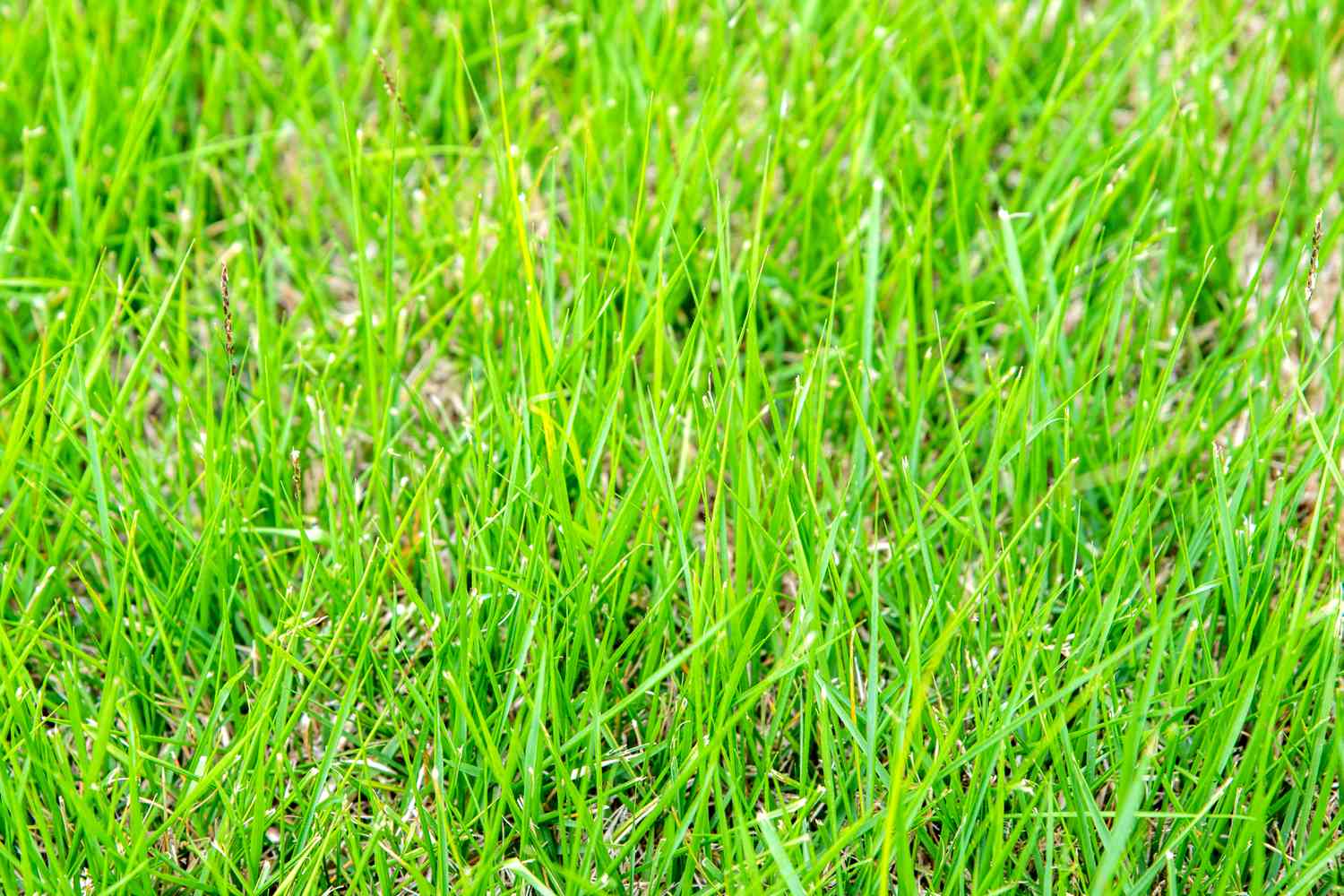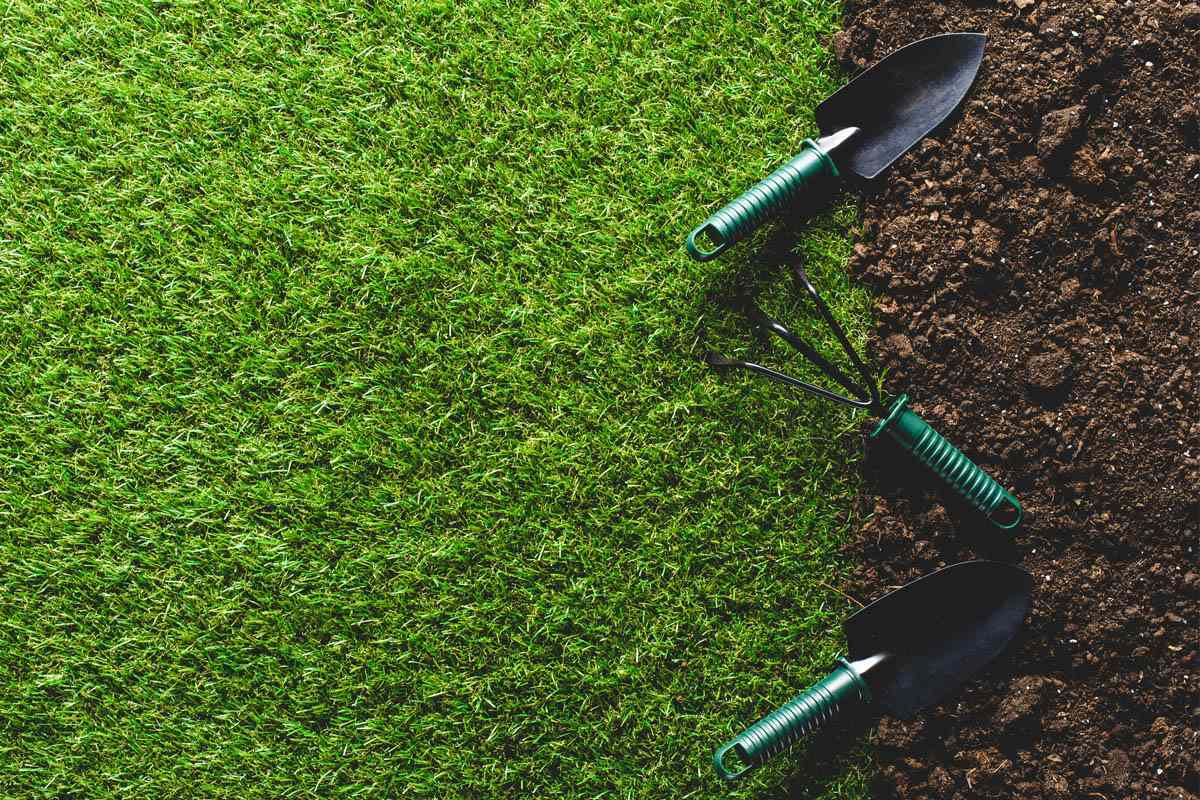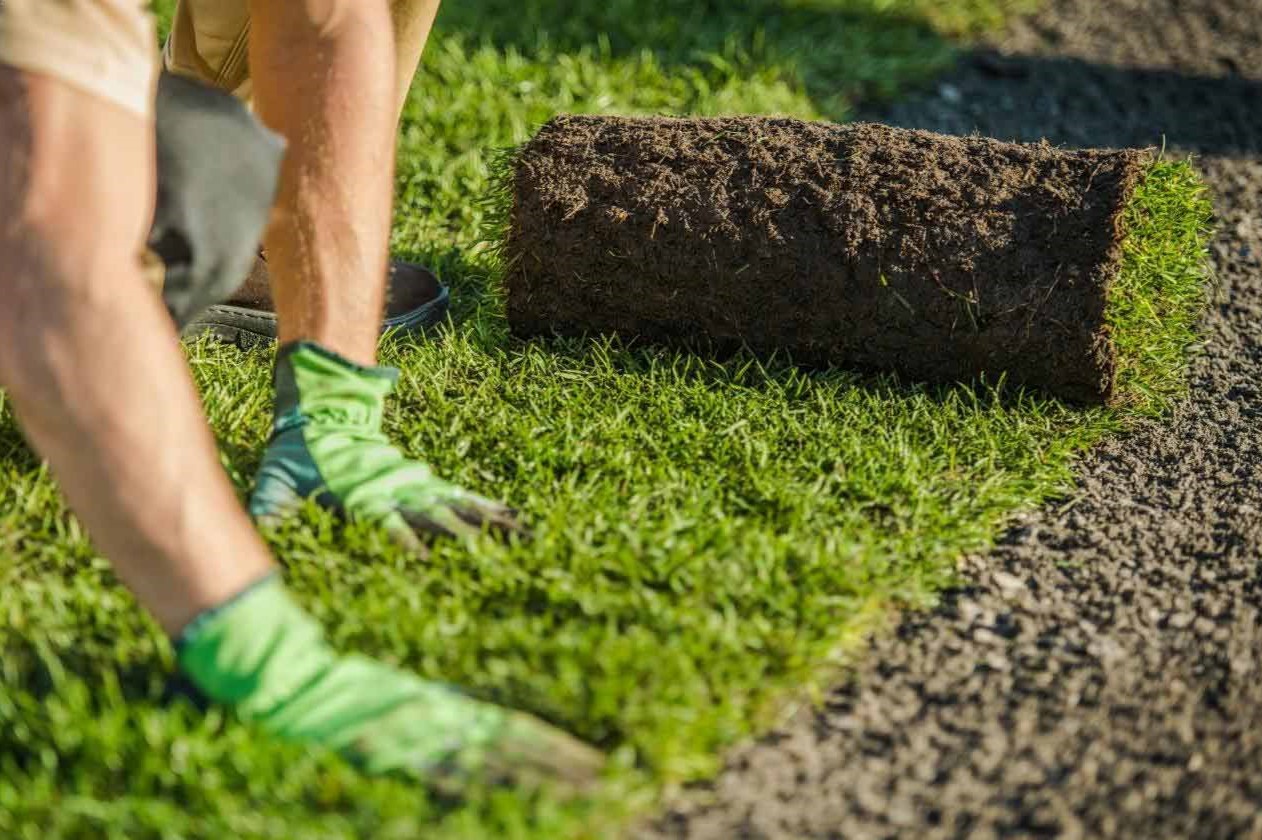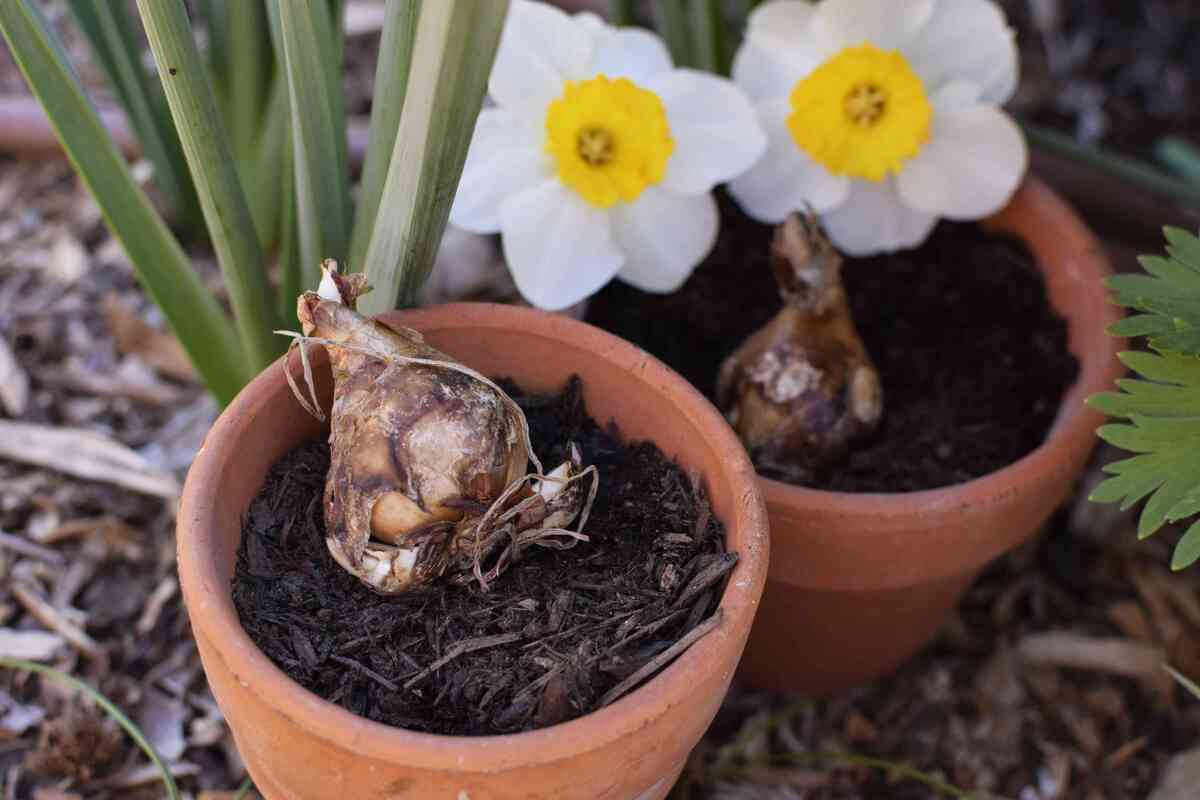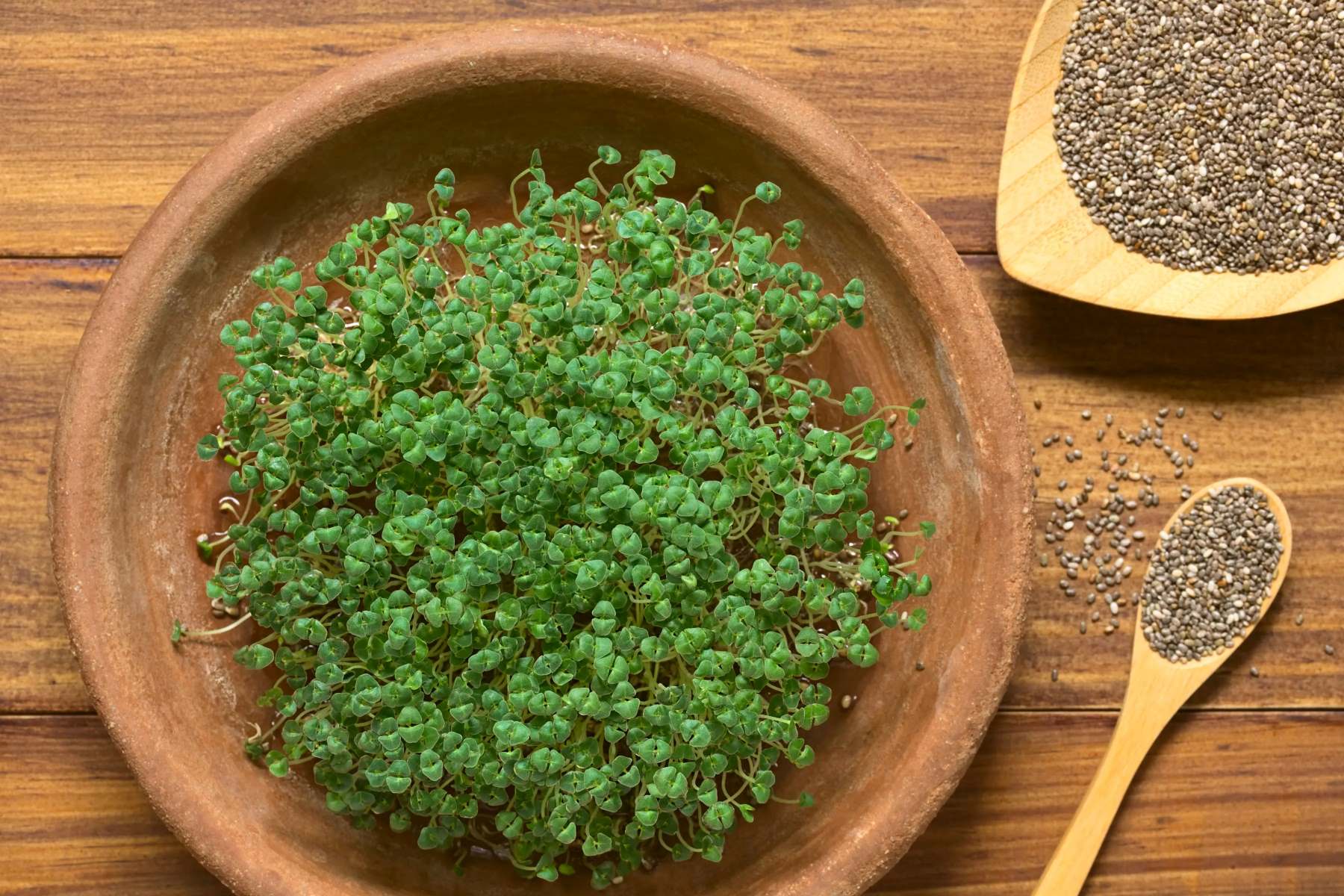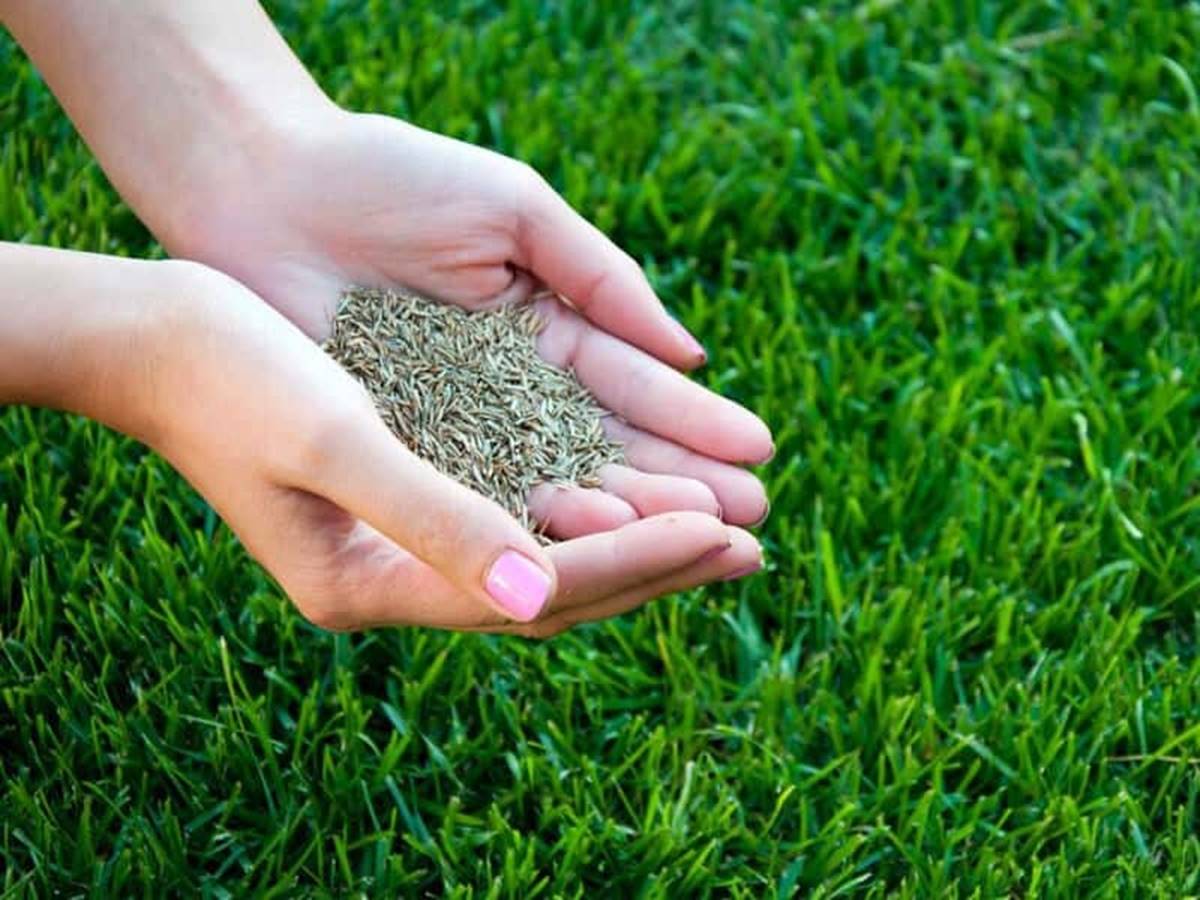Home>Articles>How Long Does It Take For Mold To Grow In Wet Carpet
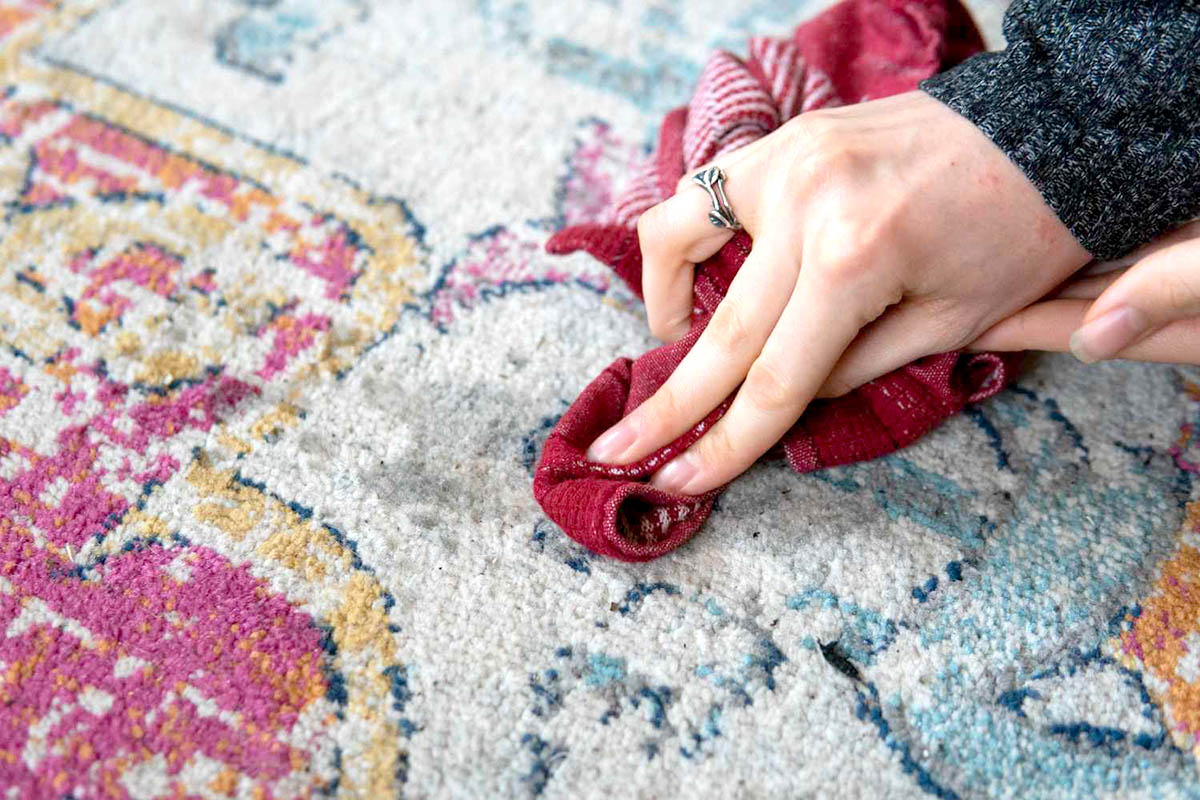

Articles
How Long Does It Take For Mold To Grow In Wet Carpet
Modified: December 7, 2023
Discover how long it takes for mold to grow in wet carpet in this insightful articles. Protect your home from harmful mold growth with our expert tips.
(Many of the links in this article redirect to a specific reviewed product. Your purchase of these products through affiliate links helps to generate commission for Storables.com, at no extra cost. Learn more)
Introduction
Welcome to our comprehensive guide on mold growth in wet carpet. When faced with water damage or excessive moisture in your home or office, it’s crucial to understand the potential risks and consequences of mold growth. Mold can be a serious issue that not only affects the structural integrity of your carpet but also poses health risks to occupants.
In this article, we will explore the factors that contribute to mold growth in wet carpet, the timeline for mold development, the signs of mold growth, and the steps you can take to prevent and remediate mold in your carpet.
Before we dive into the topic, let’s briefly discuss what mold is and how it can thrive in wet carpet. Mold is a type of fungi that can grow anywhere there is moisture, oxygen, and a suitable food source. When carpets are exposed to water or excessive humidity, they can provide an ideal environment for mold spores to settle and multiply.
Excess moisture in carpets can come from various sources such as plumbing leaks, flooding, spills, or high humidity levels. If left untreated, mold can quickly propagate and spread throughout the carpet, creating an unsightly and potentially hazardous situation.
Now that we have a basic understanding of the problem at hand, let’s delve deeper into the factors that contribute to mold growth in wet carpet.
Key Takeaways:
- Mold can start to develop in wet carpet within 24 to 48 hours of moisture exposure. Promptly addressing water issues and improving air circulation are crucial in preventing mold growth and safeguarding indoor environments.
- Identifying signs of mold growth, such as visible discoloration, musty odors, and allergic reactions, is essential for taking immediate action. Professional mold remediation and regular maintenance are key to keeping carpets mold-free and maintaining a healthy indoor environment.
Read more: How To Prevent Mold On A Wet Carpet
Understanding Mold Growth
To effectively address mold growth in wet carpet, it’s essential to understand how and why it occurs. Mold growth is influenced by several factors, including moisture, temperature, and the presence of organic materials.
Firstly, moisture plays a critical role in mold growth. Mold spores are naturally present in the air around us, but they require moisture to activate and flourish. When water comes into contact with carpet fibers, it creates a damp environment that facilitates mold colonization.
Secondly, temperature also affects mold growth. Most species of mold thrive in temperatures between 70 and 90 degrees Fahrenheit (21 and 32 degrees Celsius). These conditions are often found in indoor environments, making them vulnerable to mold infestations.
Lastly, mold requires a food source to sustain its growth. In the case of wet carpet, organic materials such as dust, dirt, and debris serve as nourishment for mold spores. The presence of organic matter, combined with moisture and optimal temperatures, creates an ideal breeding ground for mold.
It’s important to note that not all types of mold are harmful. However, it is challenging to determine the specific species of mold without professional testing. Therefore, it is best to assume that any mold growth in wet carpet poses potential risks to both the carpet itself and the health of the inhabitants.
Now that we have a better understanding of how mold grows, let’s explore the specific factors that affect mold growth in wet carpet.
Factors Affecting Mold Growth in Wet Carpet
Several factors contribute to the growth and development of mold in wet carpet. By understanding these factors, you can take appropriate measures to prevent or address mold infestations effectively.
1. Moisture Level: The moisture level in the carpet is the primary factor that determines mold growth. When carpets become wet due to leaks, spills, or flooding, they create an ideal environment for mold spores to colonize and thrive. It’s essential to address any sources of moisture promptly and thoroughly dry the affected carpet to prevent mold from taking hold.
2. Duration of Moisture Exposure: The longer a carpet remains wet, the higher the chances of mold growth. Mold can start to develop within 24 to 48 hours of moisture exposure. It’s crucial to take immediate action to dry the carpet and address any underlying water issues to prevent mold infestation.
3. Temperature: Mold thrives in temperatures between 70 and 90 degrees Fahrenheit (21 and 32 degrees Celsius). Indoor environments often provide these favorable temperatures, creating an ideal habitat for mold to grow. Controlling the temperature in your space can help deter mold growth.
4. Air Circulation: Poor air circulation in a room can contribute to moisture buildup and increase the likelihood of mold growth in wet carpet. Without proper airflow, the moisture within the carpet takes longer to evaporate, providing a prolonged damp environment for mold to flourish. Regularly ventilating the room can help prevent mold growth.
5. Material Composition: The materials used in carpet construction can also influence mold growth. Natural fibers, such as wool or cotton, are more prone to mold growth than synthetic fibers, such as nylon or polyester. Additionally, densely woven carpets with a thick pile may retain moisture more easily and create an environment conducive to mold growth. Choosing moisture-resistant materials and opting for carpets with good breathability can help reduce the risk of mold infestation.
Understanding the factors that affect mold growth in wet carpet is crucial for implementing effective mold prevention and remediation strategies. By managing moisture levels, addressing water issues promptly, and promoting proper air circulation, you can significantly reduce the risk of mold infestation in your carpet.
Timeframe for Mold Growth in Wet Carpet
The timeframe for mold growth in wet carpet can vary depending on various factors such as the extent of moisture exposure, temperature, and the specific type of mold present. However, mold can typically start to develop within 24 to 48 hours of a carpet becoming wet.
As soon as the carpet comes in contact with moisture, mold spores in the air can settle and begin to colonize. These spores can be present both indoors and outdoors, making it easy for them to infiltrate the carpet fibers when conditions are favorable.
Once the mold spores find a damp environment with sufficient organic matter to feed on, they can quickly propagate. They send out tiny thread-like structures called hyphae, which penetrate the carpet material and release enzymes to break down organic compounds, enabling the mold to absorb nutrients.
Within a short period, the mold colonies can become visible on the surface of the carpet as discolored patches, often appearing green, black, or white. If left untreated, the mold can continue to spread and release airborne spores, further exacerbating the issue.
It’s important to note that these timeframes are general guidelines, and the actual speed of mold growth can vary depending on environmental conditions. Factors such as temperature, humidity levels, and the amount of moisture present can all impact the rate at which mold develops.
In some cases, mold growth may be evident within a matter of days, while in other situations, it may take longer for visible signs to appear. Regardless of the exact timeframe, addressing moisture issues and drying the carpet promptly is crucial to prevent mold growth from becoming a more significant problem.
Keep in mind that mold growth may not always be visible on the surface of the carpet. Mold can also thrive beneath the carpet or in the padding, making it important to address any moisture-related issues comprehensively.
Regularly inspecting your carpet for signs of moisture and promptly addressing any spills, leaks, or flooding can help minimize the risk of mold growth and keep your carpet in optimal condition.
Mold can start to grow in wet carpet within 24-48 hours, so it’s important to address any water damage promptly to prevent mold growth. Use fans and dehumidifiers to help dry the carpet quickly.
Signs of Mold Growth in Wet Carpet
Identifying the signs of mold growth in wet carpet is essential for taking immediate action to prevent further damage and mitigate potential health risks. Here are some common indicators that mold may be present:
- Visible Discoloration: Mold growth often results in visible discoloration on the surface of the carpet. You may notice patches of green, black, brown, or white. These spots may appear fuzzy, slimy, or powdery in texture. Pay attention to any unusual discoloration, especially in areas that are prone to moisture exposure or have experienced recent water damage.
- Musty Odor: Mold has a distinct musty and earthy odor. If your wet carpet emits a persistent damp or moldy smell, it could be an indication of mold growth. This odor is often most noticeable when entering the room or when the carpet has been damp for an extended period.
- Allergic Reactions: Mold spores can trigger allergic reactions in some individuals. If you or anyone in your household experiences symptoms like coughing, sneezing, itchy eyes, or respiratory issues when in close proximity to the carpet, it may suggest the presence of mold. These symptoms may be more prevalent when spending prolonged periods in the affected area.
- Excessive Moisture or Water Stains: Wet carpet is a breeding ground for mold growth. If you notice persistent dampness or water stains on the carpet, it could indicate a water leak or excessive moisture that has facilitated mold growth. Investigate the source of moisture and take immediate steps to dry the carpet and address the underlying issue.
- Persistent Respiratory Issues: Prolonged exposure to moldy carpet can lead to respiratory problems, particularly in individuals with allergies, asthma, or weakened immune systems. If you or your family members frequently experience respiratory issues that seem to worsen when in contact with the carpet, it could be a sign of mold-related health concerns.
If you notice any of these signs, it’s crucial to take prompt action to address the mold growth in your wet carpet. Ignoring the problem can result in further damage to the carpet and potential health risks for you and your family.
Consulting with a professional mold remediation specialist is recommended to assess the extent of the mold issue, identify the specific type of mold present, and implement appropriate remediation measures. Remember, effective mold removal involves not only treating the visible signs of mold but also addressing the underlying moisture source to prevent future growth.
Read more: How Long Does It Take For Grass To Grow
Potential Health Risks of Mold on Wet Carpet
Mold growth on wet carpet can pose various health risks, particularly for individuals with underlying respiratory conditions, allergies, or weakened immune systems. Here are some potential health concerns associated with mold-infested carpet:
- Allergic Reactions: Mold spores can trigger allergic reactions in susceptible individuals. Symptoms may include sneezing, coughing, itchy or watery eyes, nasal congestion, and skin irritation. Prolonged exposure to moldy carpet can exacerbate these symptoms and make daily activities uncomfortable.
- Asthma Attacks: Mold spores and the byproducts they release can act as asthma triggers. Individuals with asthma may experience worsened symptoms, including coughing, wheezing, chest tightness, and difficulty breathing, when exposed to mold-infested environments.
- Respiratory Infections: Breathing in mold spores for extended periods can increase the risk of respiratory infections such as bronchitis or pneumonia. Mold can irritate the respiratory system and compromise lung function, making individuals more susceptible to infections.
- Toxic Mold Exposure: Some types of mold, such as Stachybotrys chartarum (also known as black mold), can produce mycotoxins. These toxic substances can cause more severe health issues when individuals inhale or come into direct contact with them. Symptoms may include fatigue, headaches, dizziness, nausea, difficulty concentrating, and even organ damage in extreme cases.
- Compromised Immune Function: Mold-infested carpet can weaken the immune system, making individuals more susceptible to infections and illnesses. This can be especially problematic for people with compromised immune function due to underlying health conditions or medical treatments.
It’s essential to note that the impact of mold on health can vary depending on the sensitivity of individuals and the specific type of mold present. Some people may be more susceptible to mold-related health issues than others.
To protect your health and the well-being of those in the space, it is crucial to address mold growth in wet carpet promptly. Hiring a professional mold remediation specialist will ensure safe and effective removal of mold and the implementation of preventive measures to avoid future growth.
Remember, prevention is key. Regular maintenance, prompt drying of wet carpet, and addressing any water leaks or moisture issues can help prevent mold from becoming a significant health hazard.
Prevention and Remediation of Mold in Wet Carpet
Preventing and remediating mold growth in wet carpet requires a combination of proactive measures and timely action. By following these prevention and remediation steps, you can minimize the risk of mold infestation and protect the integrity of your carpet:
- Promptly Address Water Issues: Act quickly to address any water leaks, spills, or flooding incidents that may occur in your home or office. It’s crucial to dry the affected area within 24 to 48 hours to prevent mold from taking hold. Use absorbent towels, fans, dehumidifiers, or professional drying equipment to thoroughly dry the carpet.
- Improve Air Circulation: Maintain good air circulation in your space to discourage mold growth. Regularly open windows, use fans, and ensure proper ventilation in areas prone to moisture accumulation, such as bathrooms or basements. This will help promote faster drying and prevent stagnant, humid air that can encourage mold development.
- Control Humidity Levels: Keep indoor humidity levels below 60% to inhibit mold growth. Use dehumidifiers or air conditioners to reduce excess moisture in the air, particularly during humid weather or in areas with high humidity. Monitor and maintain a suitable humidity level to prevent moisture-related issues.
- Regular Cleaning and Vacuuming: Regularly clean and vacuum your carpet to remove dust, dirt, and other organic debris that can serve as food for mold. This helps prevent the buildup of organic matter that mold needs to thrive. Use a vacuum cleaner with a HEPA filter to effectively capture and remove mold spores from the carpet.
- Consider Mold-Resistant Carpet Materials: When choosing carpet for your home or office, opt for materials that are naturally resistant to mold, such as synthetic fibers like nylon or polyester. These materials are less susceptible to moisture absorption and provide fewer nutrients for mold growth compared to natural fibers like wool or cotton.
- Professional Mold Remediation: If you discover mold growth on your wet carpet, it’s best to seek professional mold remediation services. Mold specialists have the knowledge, experience, and equipment to safely remove mold colonies and prevent future growth. They can conduct a thorough assessment, perform effective remediation techniques, and provide recommendations to prevent future mold issues.
- Keep an Eye on Moisture-Prone Areas: Regularly inspect areas of your home or office that are prone to moisture, such as bathroom floors, basements, or areas near windows susceptible to leaks. Address any signs of moisture promptly and take appropriate measures to dry the affected area to prevent mold growth.
By implementing these preventive measures and taking swift action in the event of water damage or excessive moisture, you can reduce the likelihood of mold growth in your wet carpet. Regular maintenance, proper ventilation, and vigilance will help keep your carpet and indoor environment mold-free.
Conclusion
Mold growth in wet carpet can have detrimental effects on both the carpet itself and the health of individuals in the surrounding space. Understanding the factors that contribute to mold growth and being aware of the signs and potential health risks are essential for effective prevention and remediation.
By promptly addressing water issues, improving air circulation, controlling humidity levels, and regularly cleaning and vacuuming your carpet, you can significantly reduce the risk of mold infestation. Additionally, choosing mold-resistant carpet materials can further mitigate the chances of mold growth.
If you do encounter mold growth on your wet carpet, it is crucial to seek the assistance of professional mold remediation experts. They have the expertise and equipment to safely remove mold and implement preventive measures to prevent its recurrence.
Remember, mold growth in wet carpet is not only a cosmetic issue but also a potential health concern. Mold spores can trigger allergies, worsen asthma symptoms, and even cause respiratory infections. Taking proactive steps to prevent and address mold growth will help maintain a safe and healthy indoor environment.
Regular maintenance, quick response to water damage, and awareness of potential moisture-prone areas are key to keeping your carpet mold-free. By implementing these strategies, you can protect your investment in your carpet and safeguard the well-being of your household or occupants.
In conclusion, mold growth in wet carpet should not be underestimated. By understanding the causes, signs, and prevention techniques, you can effectively manage this issue and maintain a clean, mold-free environment for years to come.
Frequently Asked Questions about How Long Does It Take For Mold To Grow In Wet Carpet
Was this page helpful?
At Storables.com, we guarantee accurate and reliable information. Our content, validated by Expert Board Contributors, is crafted following stringent Editorial Policies. We're committed to providing you with well-researched, expert-backed insights for all your informational needs.
